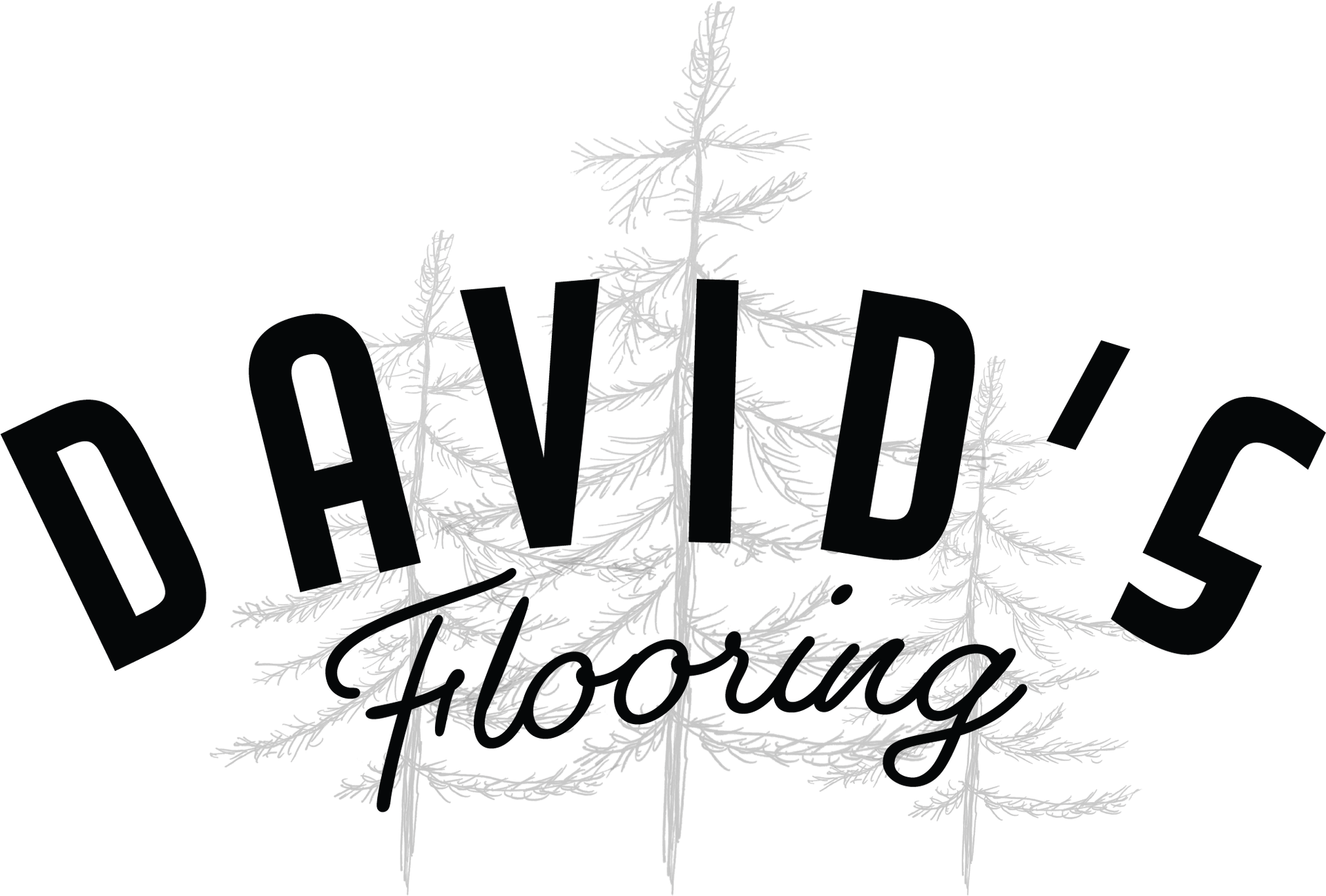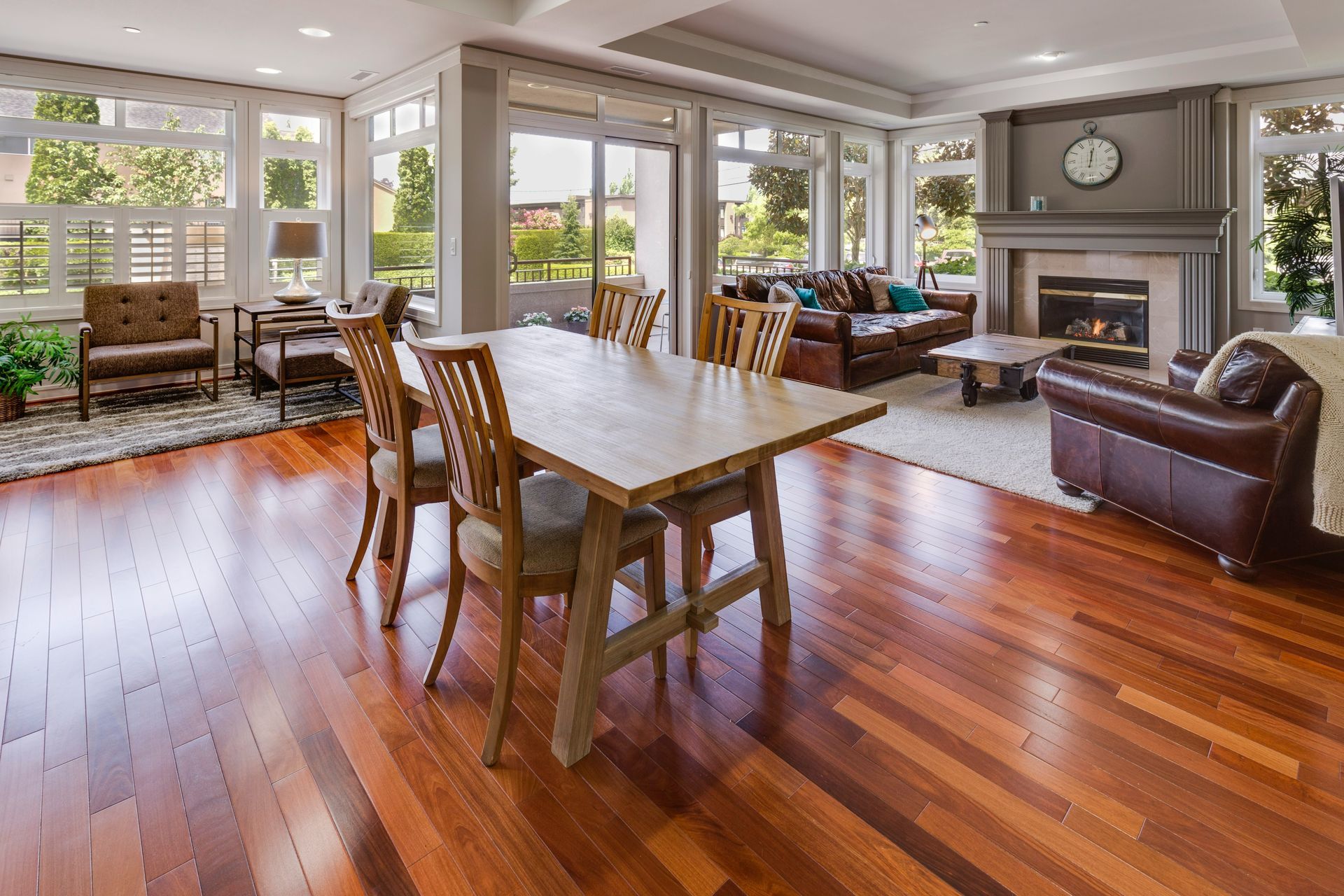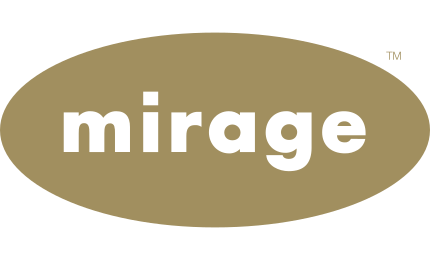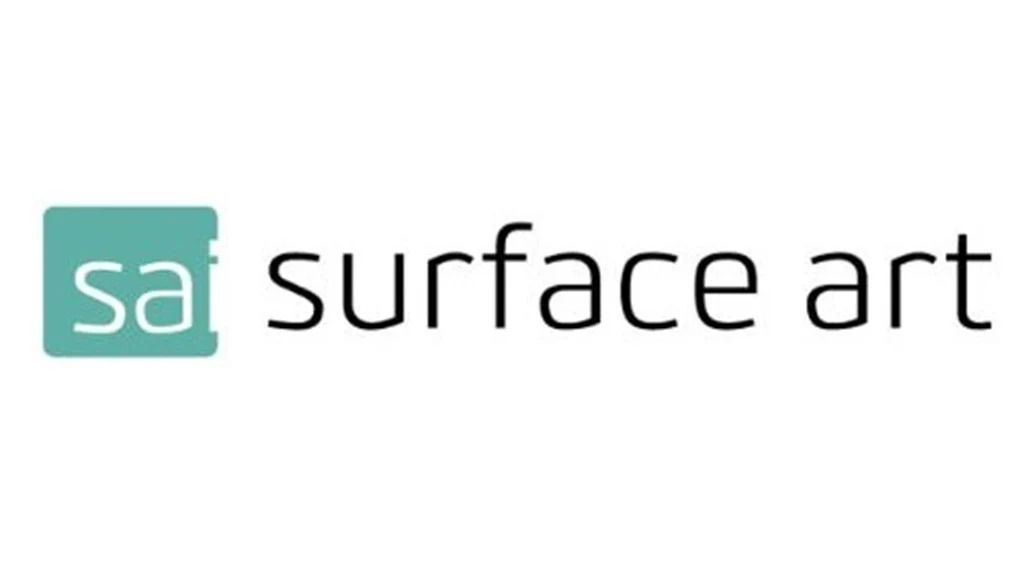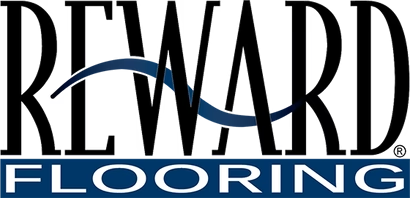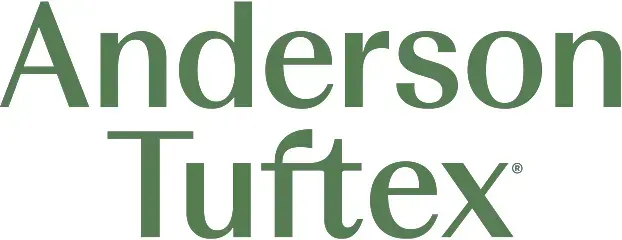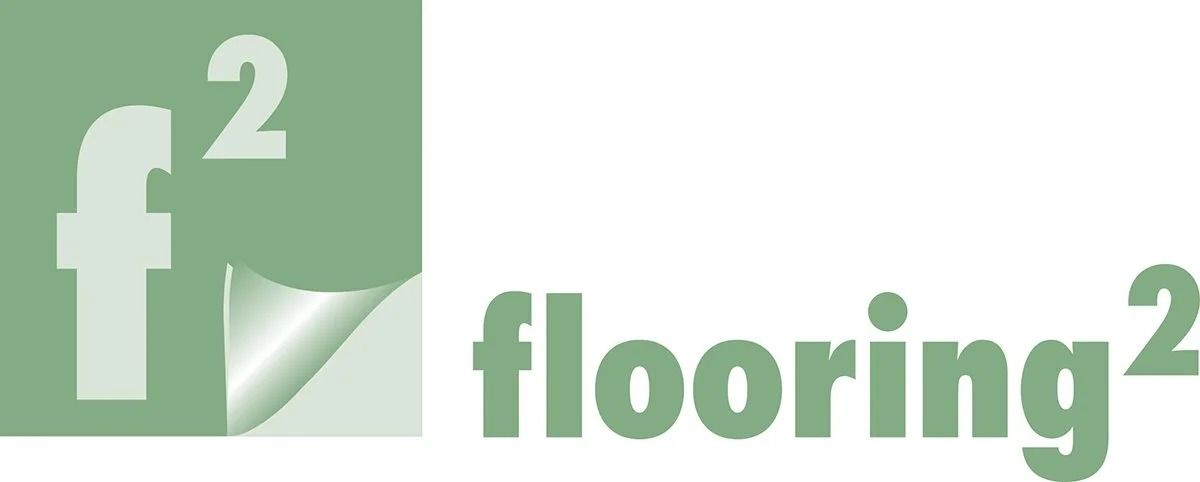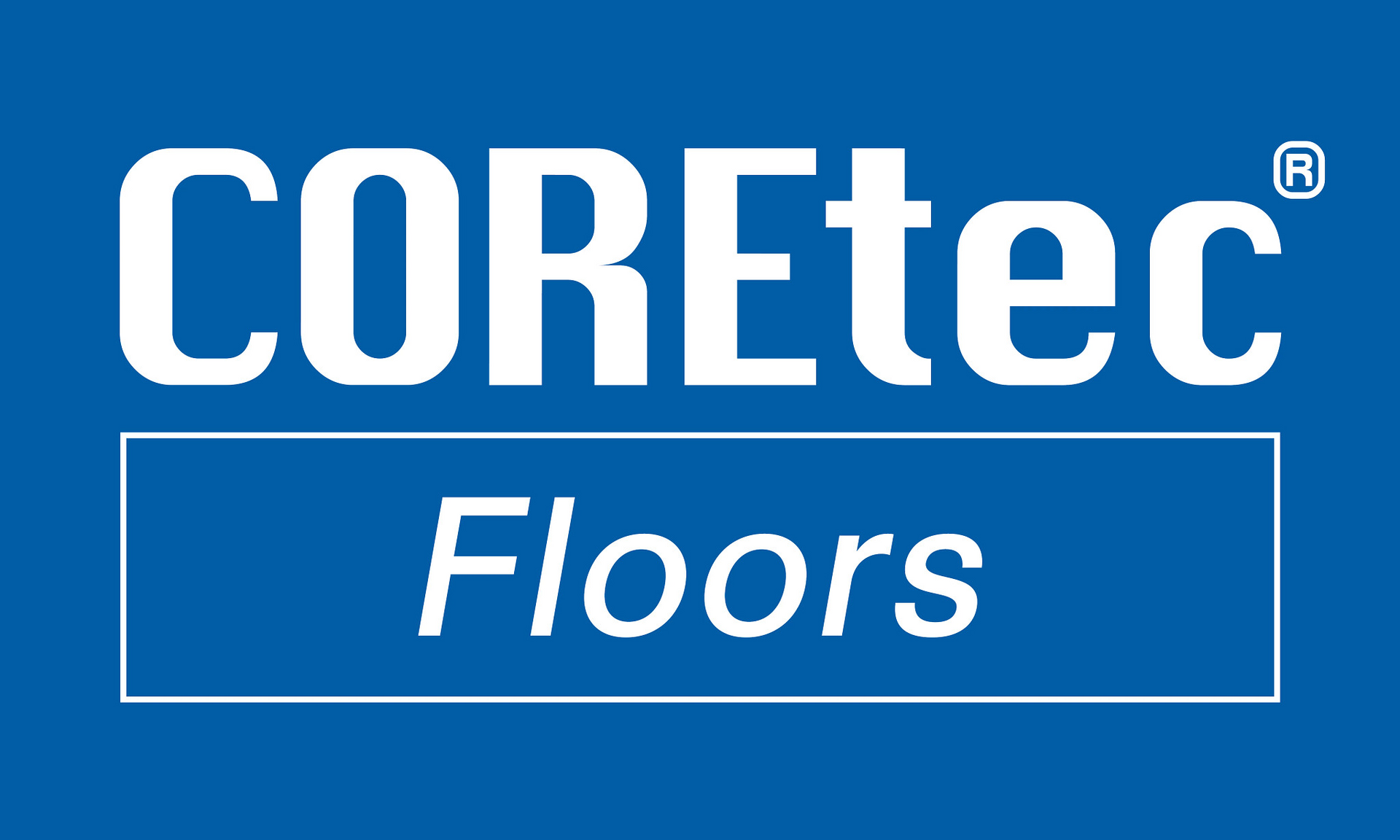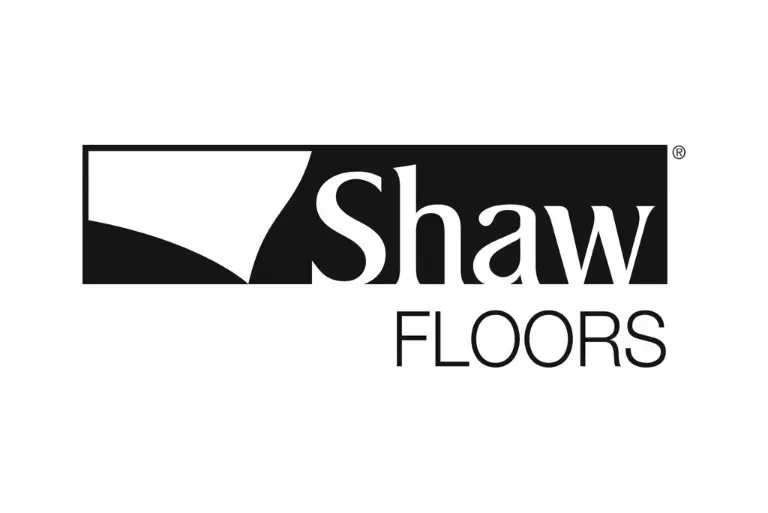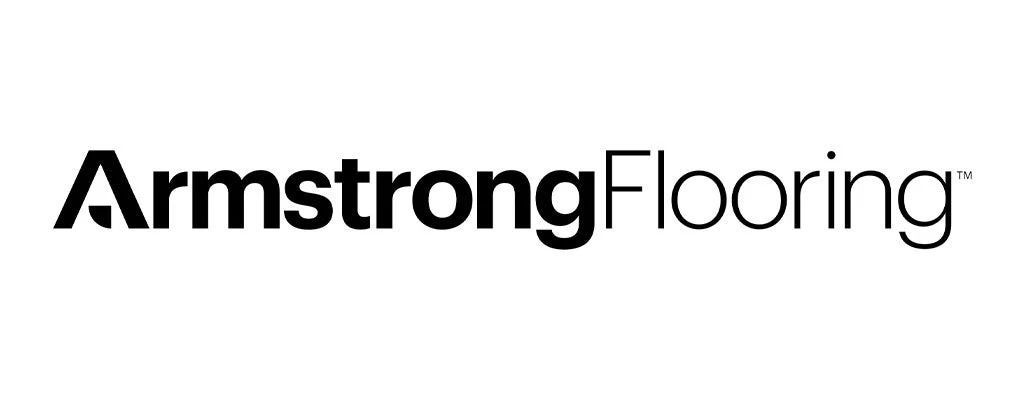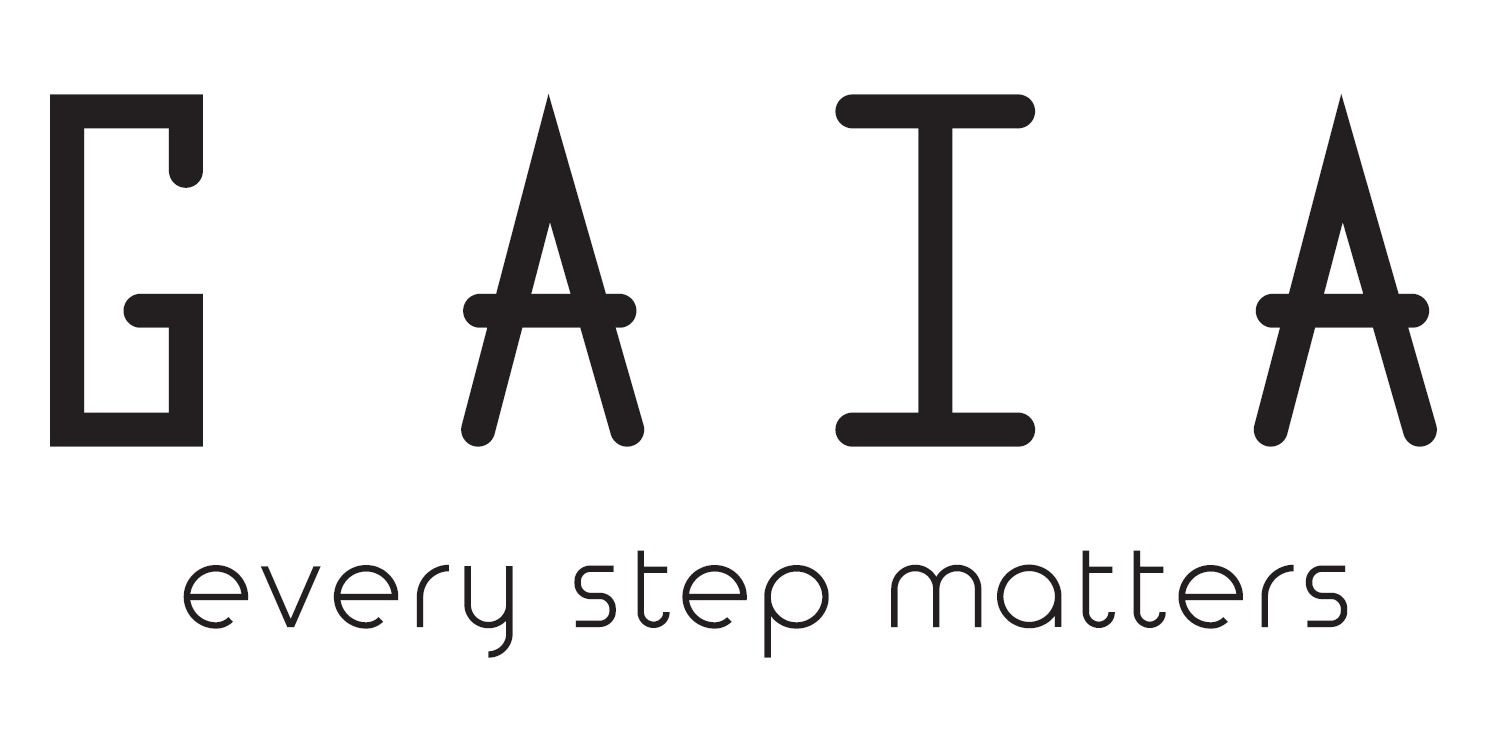Mold-Resistant Flooring Options for Damp Areas
August 12, 2025
August 12, 2025
Mold-Resistant Flooring Options for Damp Areas
Moisture-prone spaces like basements, bathrooms, laundry rooms, and mudrooms face more than just everyday wear and tear—they’re at constant risk for mold and mildew growth. At David’s Flooring, your trusted flooring store in Kent, WA, we know that picking the wrong flooring can lead to costly repairs and health concerns. That’s why our team of experienced flooring contractors in Seattle, WA and surrounding areas helps homeowners choose materials that combine style, durability, and moisture protection.
In this guide, we’ll walk you through the best antimicrobial and mold-resistant flooring options, plus expert tips to keep your damp areas healthy and fresh.
Top Mold-Resistant Flooring Choices
1. Luxury Vinyl Plank (LVP)
- 100% waterproof and ideal for moisture-prone areas.
- Naturally resistant to mold and mildew growth.
- Works well in
bathrooms, laundry rooms, and basements.
At our flooring store in Bellevue, WA and flooring store in Kent, WA , LVP remains one of the most popular options for homeowners who want beauty without sacrificing performance.
2. Porcelain or Ceramic Tile
- Non-porous and highly water-resistant.
- Mold-resistant when paired with proper grout and sealant.
- Easy to clean and sanitize.
Tile is a go-to choice for our clients in Kirkland, WA and Tacoma, WA , especially in bathrooms and kitchens where water is inevitable.
3. Sheet Vinyl Flooring
- Seamless installation limits moisture intrusion.
- Affordable, low-maintenance, and easy to disinfect.
This option is perfect for budget-conscious homeowners in Renton, WA looking for reliable protection against dampness.
Flooring to Avoid in Moist Areas
Even with the best maintenance, some flooring simply doesn’t belong in damp environments:- Carpet – Traps moisture and becomes a breeding ground for mold and bacteria.
- Solid Hardwood – Warps, swells, and deteriorates when exposed to moisture.
Bonus Tips for Mold Prevention
Our professional flooring contractors in Tacoma, WA and beyond recommend these steps for maximum protection:- Install a vapor barrier under floors in basements.
- Ensure proper ventilation in bathrooms, laundry rooms, and kitchens.
- Select flooring with antimicrobial technology whenever possible.
Your Local Experts for Mold-Resistant Flooring
At David’s Flooring , we proudly serve homeowners across Kent, Seattle, Renton, Bellevue, Tacoma, and Kirkland, WA . Whether you’re renovating a basement or upgrading a bathroom, our knowledgeable team will guide you toward flooring that’s beautiful, durable, and safe from mold. Visit our showroom or schedule a free in-home consultation today, and let us help you create a healthier home—starting from the floor up.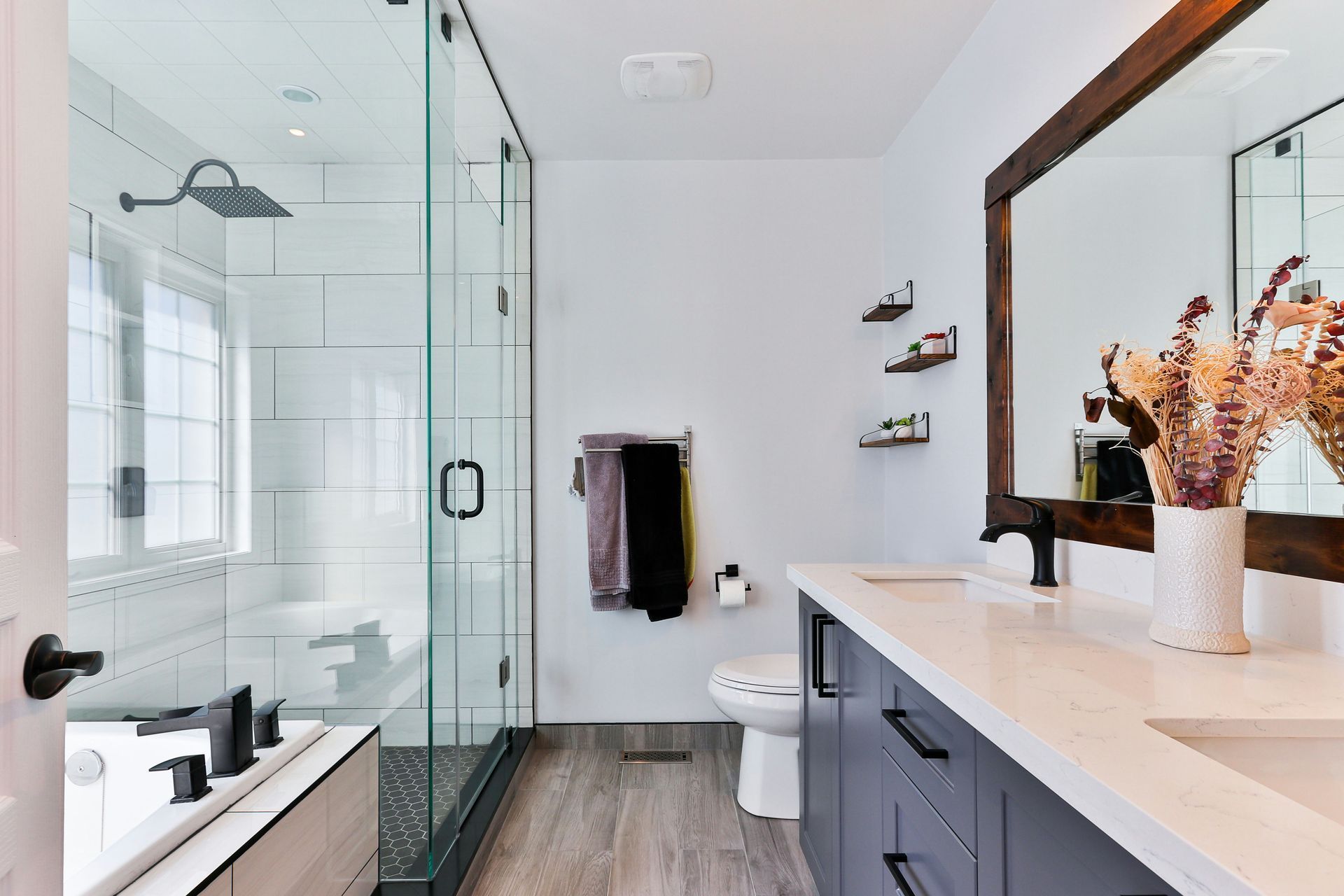
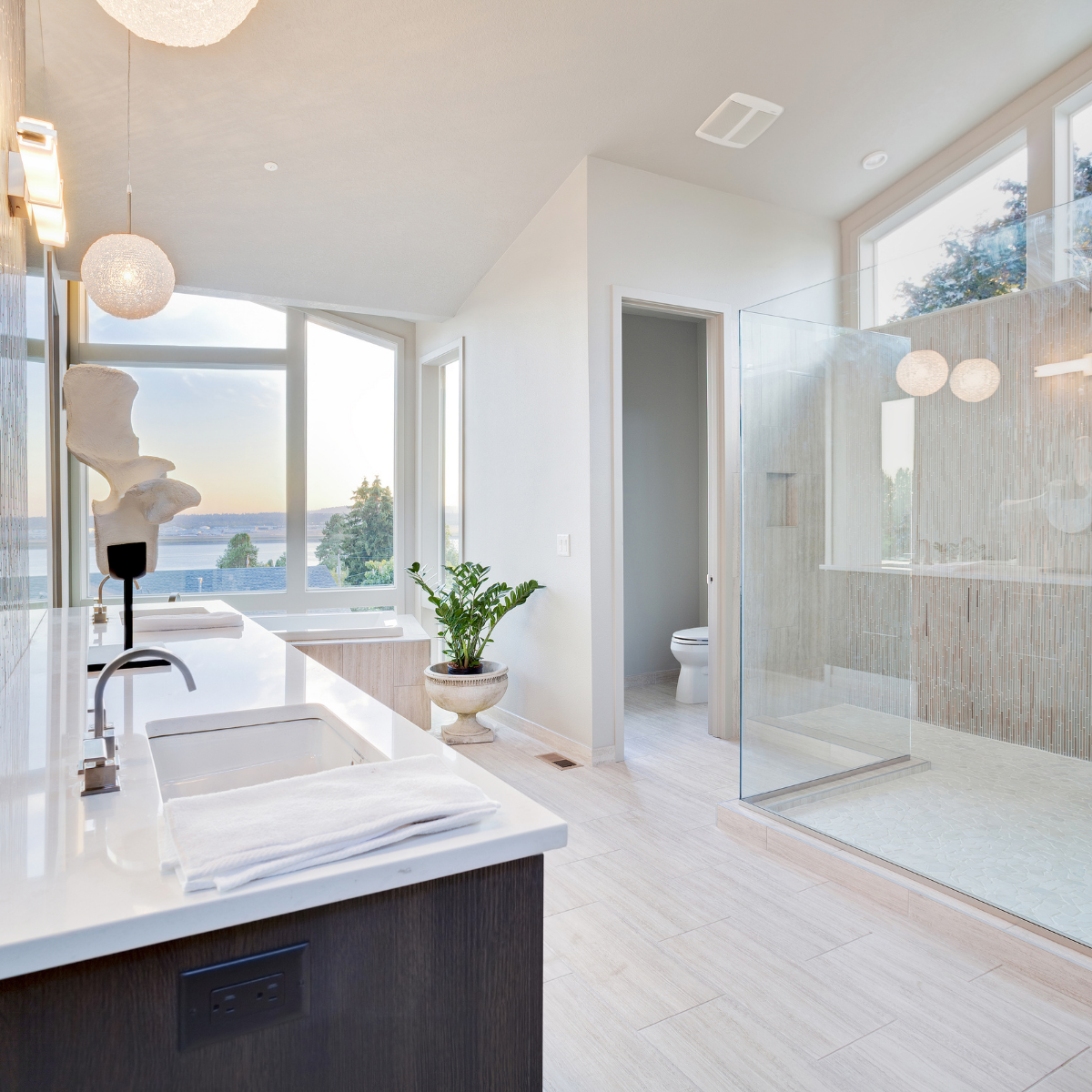

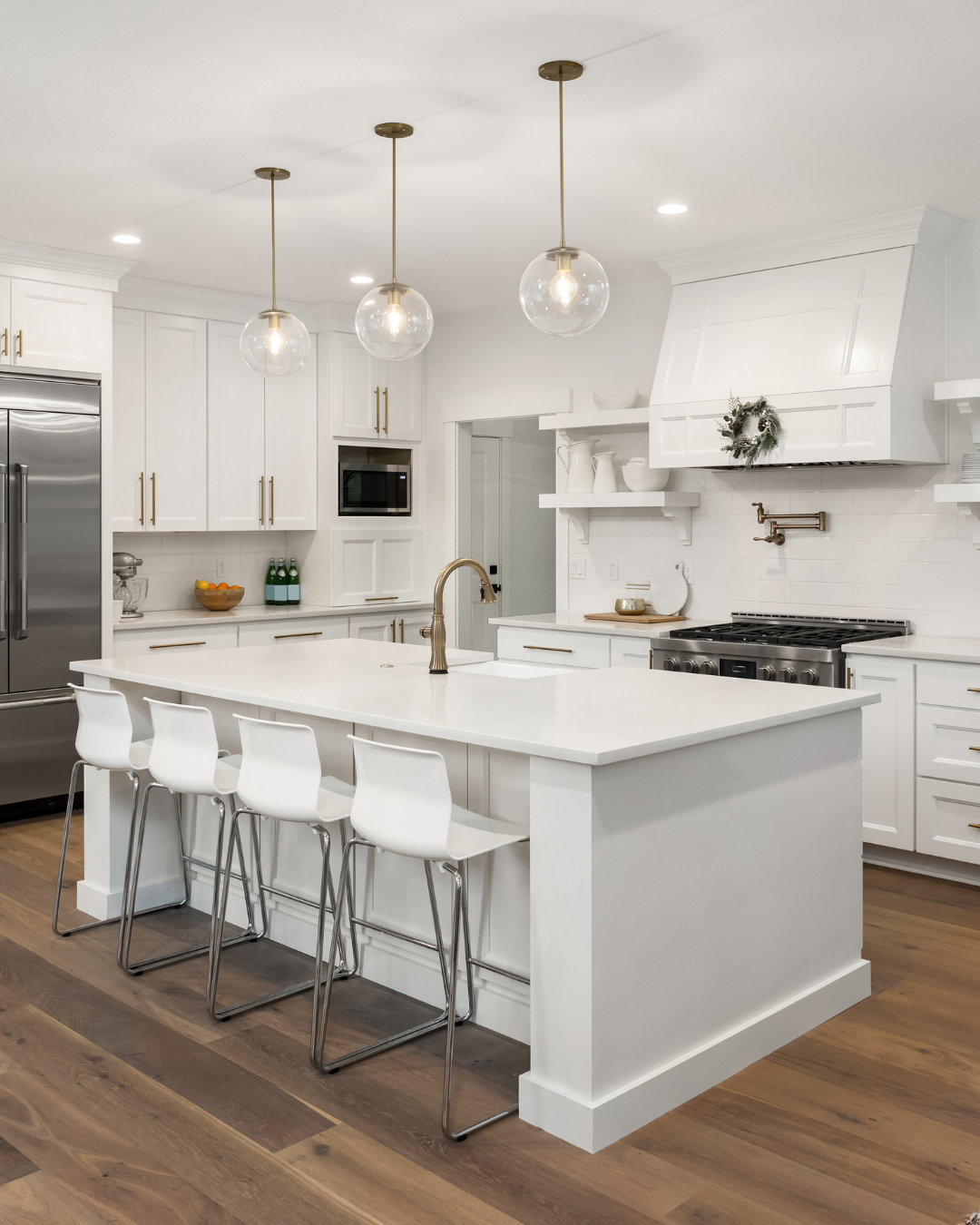
September 11, 2025
When homeowners think about new flooring, they usually focus on the surface—hardwood, luxury vinyl plank, carpet, or tile. But beneath every beautiful floor lies the real foundation of success: the subfloor . Without proper preparation, even the most durable flooring can fail prematurely.
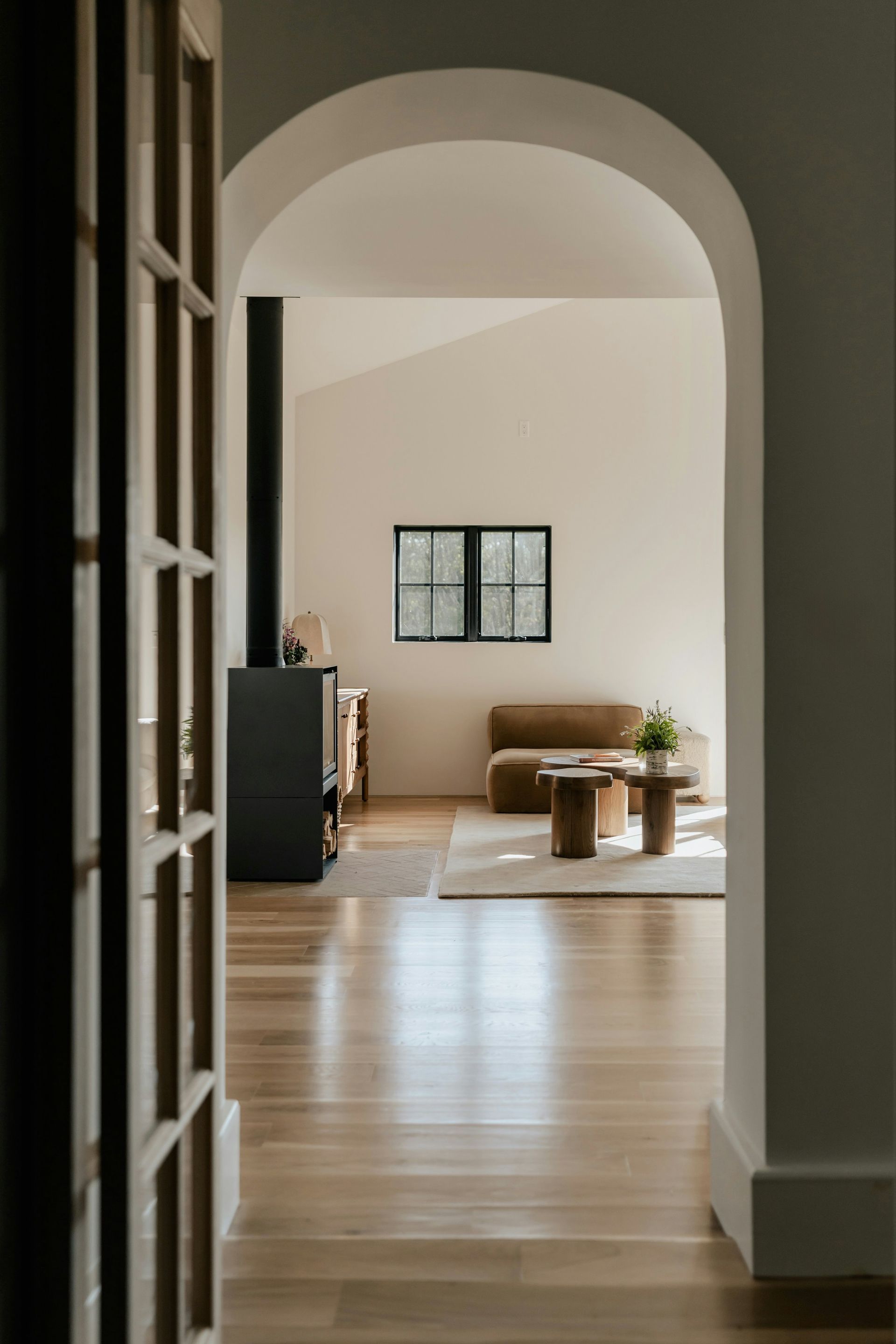
August 28, 2025
Installing new flooring often raises a key question— which method is best: floating, glue-down, or nail-down? Each has its benefits, suited to different flooring types, subfloor conditions, and performance needs. Whether you're consulting with Flooring Contractors, browsing at a Flooring Store, or planning a project in Tacoma, Renton, Kent, or Kirkland, choosing the right method ensures beauty, durability, and value.
